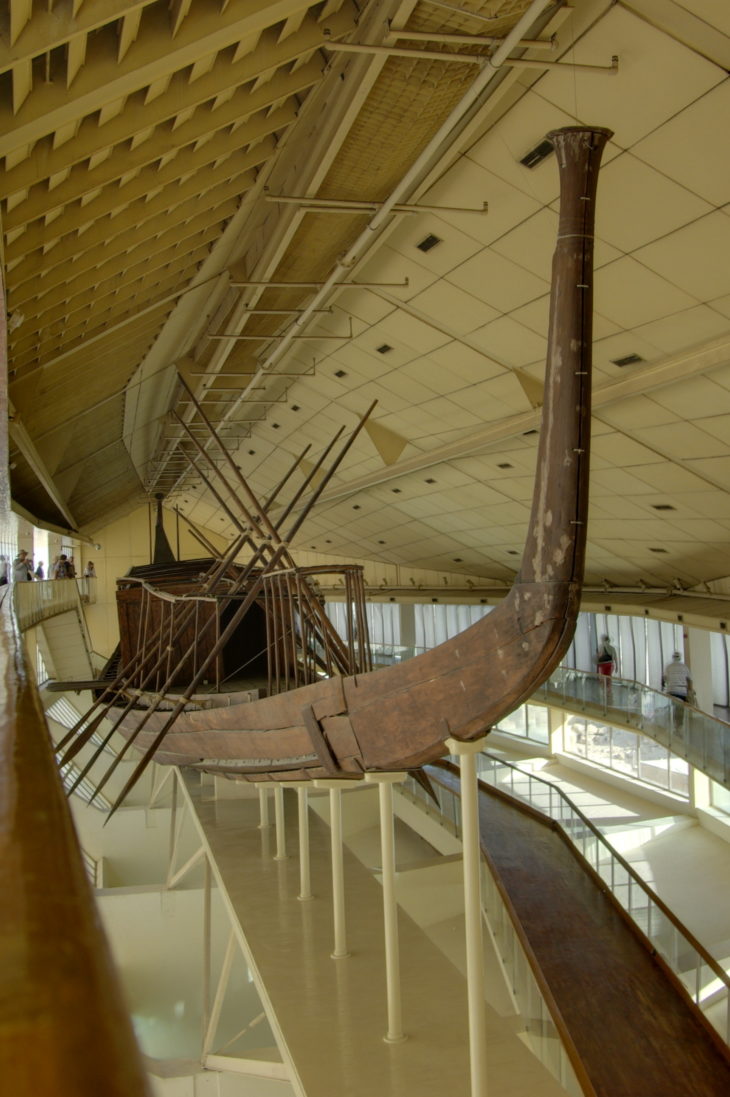3 Incredibly Well Preserved Ancient Wooden Artifacts

One thing that never ceases to amaze us about timber is how, under the right conditions, it can last an incredibly long time.
Now if you buy a really good quality hardwood worktop, you will be amazed by its longevity. Years down the line, when the rest of your kitchen is looking tired and grotty, you will stand by that beautiful worktop and be astonished at how good it still looks. The beauty of timber is that it can take a hell of a lot of punishment – look after it and it will look after you.
But there’s lasting a long time and there’s lasting a long time
In the world of archaeology, perishable materials tend not to stick around long enough to be studied. Huge gaps exist in our historical knowledge because when you put organic materials like wood, food or clothing in the ground, they have an unfortunate tendency to rot. Sometimes though, a chance find can show that items made out of wood can have real staying power, giving us an insight into our ancient ancestors beliefs, way of life and their relationship with this incredible material.
The Royal Barge of Khufu
At a spritely 4500 years old, this is (quite incredibly) the youngest item on our list. A magnificent ship, a full 143 feet long, this vessel was built for the pharaoh Khufu (or Cheops for all you greacophiles) and buried alongside him at the foot of his pyramid. Principally built out of cedar of Lebanon, the 1224 pieces that made the body of the ship had been disassembled and carefully interred in a pit carved directly into the bedrock. Whilst there is some doubt as to whether she ever did ply the waters of the Nile, there is little argument that she would be sea-worthy today, so well preserved are the timbers and masterful is the construction.
The Shigir Idol
In the late 1800’s workers at an open air gold mine near Yekaterinburg in Russia began finding all sorts of unusual artifacts. As this area of the Urals is dotted with peat bogs, the anaerobic conditions of which help to preserve all sorts of materials, there were high hopes of making a significant discovery. In 1894 the researcher’s patience was rewarded. The fragmentary remains of an enormous wooden sculpture, a carved pole of solid larch that would stand some 5.3M tall when reassembled were lying undisturbed beneath the peat. The wood had been preserved for an incredible 11,500 years, making it one of the oldest examples of large scale sculpture in the world. Carved with faces and incised with complicated geometric designs the Shigir Idol’s purpose is unknown, though it almost certainly held deep ritual significance.
The Clacton Spear
Clacton-on-Sea may seem an unlikely spot for earth-shattering archaeological discoveries, but for sheer age this is certainly the most impressive item on our list. Discovered in 1911 by an amateur local archaeologist, it was first thought to be part of the preserved antler of an ancient deer. At 420,000 years old the spear, made out of yew and carefully shaped to a deadly point, predates the evolution of anatomically modern humans by hundreds of thousands of years. When it was first dated it upended scientific assumptions about the intellectual capabilities of Homo heidelbergensis, the human ancestor species that made it and which had previously been thought to be apelike and primitive.
So when you choose the material for your next project, remember that when you look after it timber can provide extraordinary longevity in service. Even more incredibly, consider that every item on the list is made of softwood: cedar of lebanon, larch and yew – kind of makes you questions the received wisdom that softwoods can never be specified when choosing a durable material doesn’t it?
So if you are looking for something stand the test of time, have a chat with us – give the archaeologists of the future something to find!
Blog | 6 years AGO